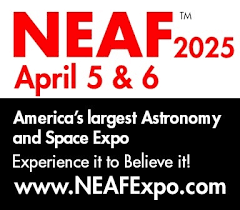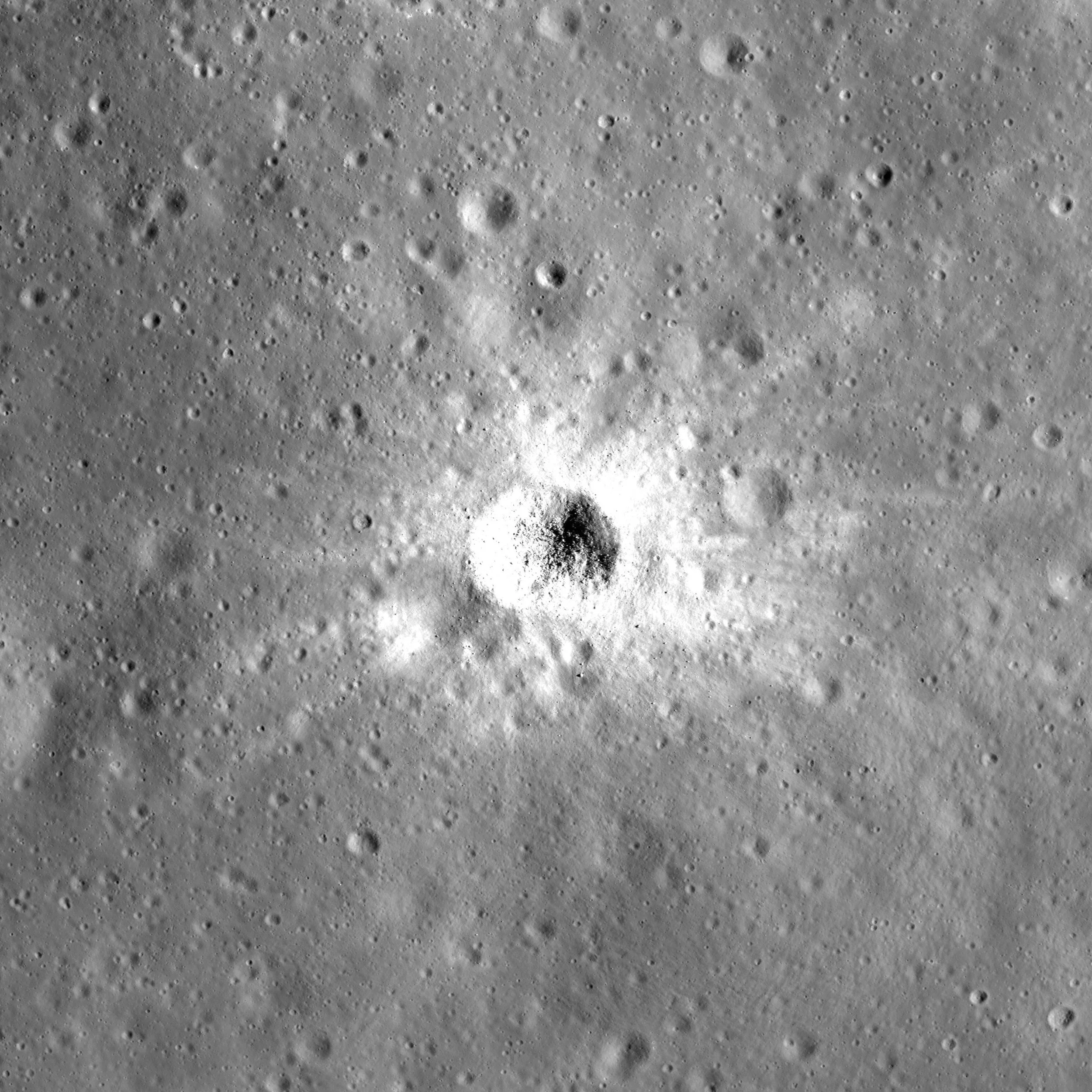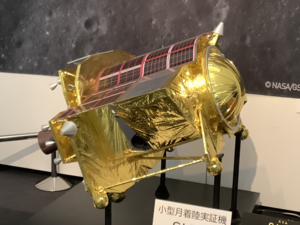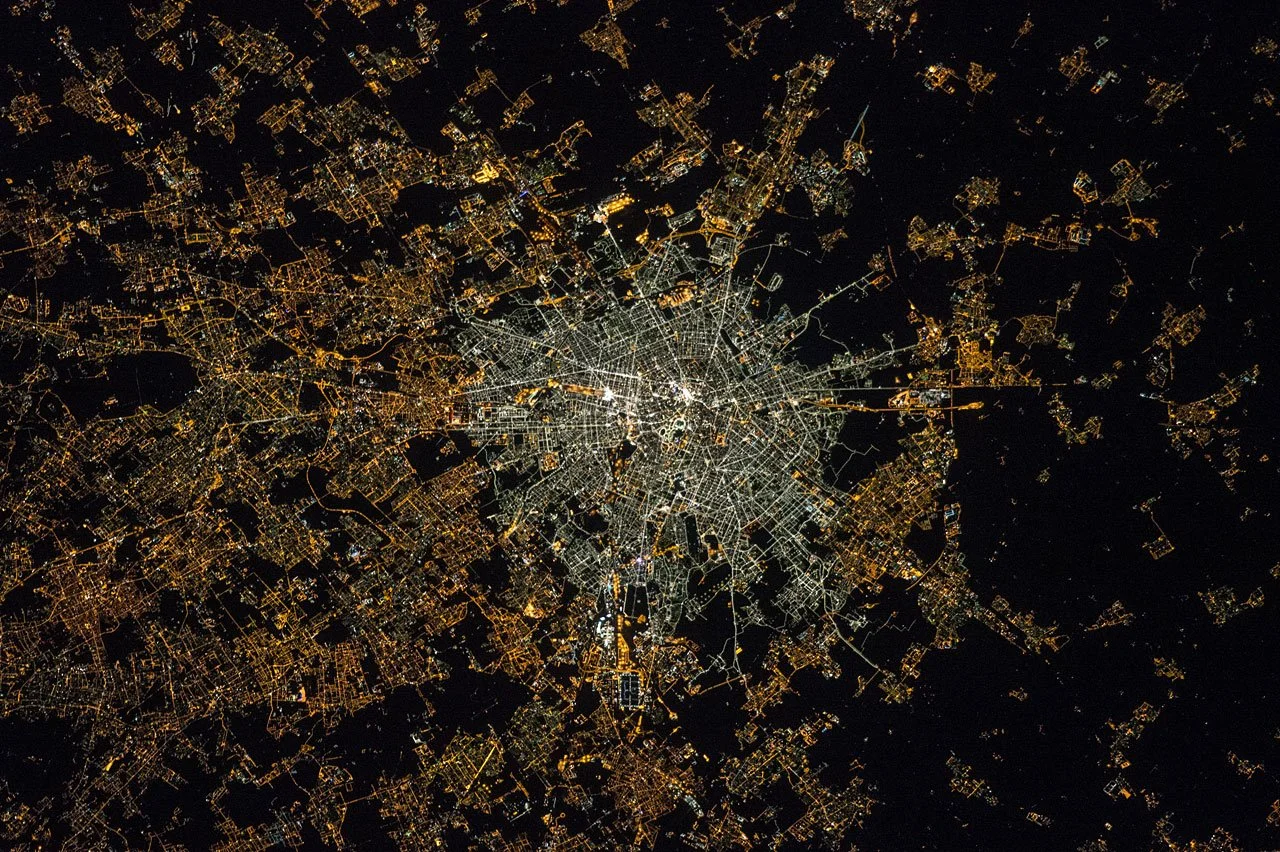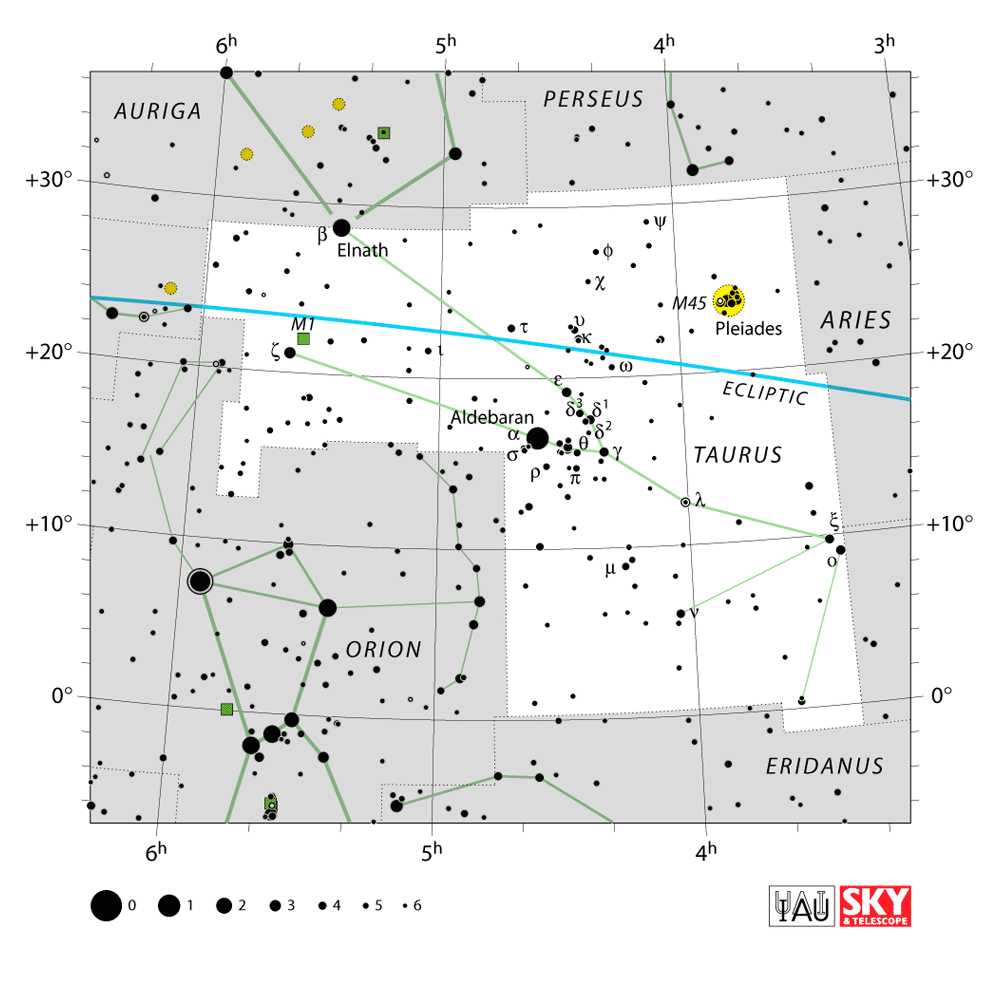Astral Projections Online February 2025
Check our Website for updated content at www.astra-nj.com
Club Presentations Wanted:
Does anyone have any astronomy items of interest to share with the membership?
Please let us know at Club Contacts.
Club dues and membership. If you renew after March 31 you will be renewed as a new member.
ASTRAL PROJECTIONS ONLINE (APO for short) is an email-linked publication for members only. If you exit APO to the club website or other resources you will need to use the emailed link again to get back to it. If you wish to retain a copy please bookmark or refer back to the email. We will make all efforts to post by the first week of the month.
Submissions Welcome: Members are invited to submit articles, photos, news, or stories for inclusion with Astral Projections Online. Please contact the ASTRA Webmaster.
Event Calendar
EVENT Cancellations: Members will receive email notifications of an event cancellation.
Upcoming February ASTRA Meeting
ASTRA's next meeting will be Friday, February 14, 2025, at 7 PM EST.
Upcoming Star Parties
February 22, 2025 - Jakes Branch - 6 PM
March 1, 2025 - Cloverdale - 6 PM
March 22, 2025 - Jakes Branch - 8 PM
Upcoming Public, County & State Park Presentations 2025
Public Outreach Presentations, if any member wishes to support ASTRA outreach efforts with the public, please let Vinny, Ro, or Jim know of any interest. Additional help for these events is always appreciated.
County and State Park presentations require a registration fee, call the hosting park to reserve.
March 1, 2025 - Cloverdale - 5 PM - Spring Constellations
March 4, 2025 - Cattus Island - 6 PM - Milkyway Photography
April 3 - 5 PM to 8 PM - Toms River High School North - Greenfair
April 26 - 10 AM to 3 PM - Cattus Island - Nature Festival
Website Updates …
Please visit our club website. We continue to have additional updates, if some content would be useful to members please let us know.
“Astronomy compels the soul to look upwards and leads us from this world to another.”
Plato
ASTRA Meeting -
February 14 at 7 PM
In our February meeting, Phil Zollner will present details on his visit to the Lowell Observatory and Rosemarie Spedaliere - to be announced. We will meet at 7 PM in the planetarium meeting room.
We ask members to support our ASTRA meetings on Astronomy items of interest for presentations for 2025. Please let Jim, Ro, or Vinny know.
Event Reports
No star parties were planned for January.
We will resume star parties in February 2025.
January ASTRA Meeting Summary
For our first meeting, January 2025 was movie night. We had a good turnout. Presented to the membership was "The Jupiter Enigma". We also had a presentation from Vic Palmieri on the planet Mars. Vic has also provided an image correction from is presentation.
County Park Presentations
County Park events are in the lineup again with Cattus Island Nature Festival occurring on April 26. Help from the membership has been great for the two times we were able to participate and looking forward to it again. We will have the ASTRA Table and solar observing, weather permitting. In addition DarkSky New Jersey advocates and SciStarter ambassadors will have another table, making our event corner the biggest. Images below are from 2024.



The next event would be Ocean Fun Day at Island Beach State Park on May 17, with one table setup and solar observing, weather permitting.
Members Submitted Articles & Items
Whatever it is, how you tell your story online can make all the difference.
Contact: Jim Webster, ASTRA President and Webmaster, regarding submissions.
Happy Valentines Day
Want a Cosmic Valentine for Valentine’s Day? Visit blog posting on Slate.com.
NASA’s Asteroid Bennu Sample Update:
In research papers published Wednesday in the journals Nature and Nature Astronomy, scientists from NASA and other institutions shared results of the first in-depth analyses of the minerals and molecules in the Bennu samples, which OSIRIS-REx delivered to Earth in 2023.
For more visit NASA.gov
The Moon: Our Nearest Neighbor
Let’s explore some interesting features, facts, or myths about our nearest neighbor, the Moon. Without it, life on Earth would be totally different, if not at all.
The Shioli Crater
Shioli is a small lunar impact crater that is located within the much larger Cyrillus crater on the near side of the Moon.
It is a young crater with a prominent ray system.
The crater's name, after the Japanese female given name, was approved by the IAU on 12 August 2019.
A point to the northwest of the crater was the landing site for the Japanese SLIM lander.
SLIM - Smart Lander for Investigating Moon
SLIM also known as Moon Sniper unceremoniously landed upside-down on the moon on January 19, 2024. The main purpose was to demonstrate a precision lunar landing.
For more SLIM and its American counterpart landing upright challenges on YouTube.
Outreach material below is distributed free for public outreach.
Around The Web
Dark Sky News
Dark Sky New Jersey's presentation on December 10 was well received on the impact of light pollution in and around New Jersey for the Association of New Jersey Environmental Commissions. We had over 50 people in attendance.
State Bill A2196
The New Jersey State Lighting Bill is back with the New Jersey State Assembly, and some modifications were made to the bill. For more information the link to the bill is available: https://www.njleg.state.nj.us/bill-search/2024/A2196
AMATEUR ASTROPHOTOGRAPHY for January 2025
On the lighter side of astronomy …
Red and Rover - by Brian Bassett
For more go to NASA Jet Propulsion Laboratory webpage: What’s Up: Skywatching Tips From NASA
This article and images are distributed by NASA Night Sky Network
The Night Sky Network program supports astronomy clubs across the USA dedicated to astronomy outreach.
Visit nightsky.jpl.nasa.gov to find local clubs, events, and more!
February Night Sky Notes:
How Can You Help Curb Light Pollution?
By Dave Prosper
Updated by Kat Troche
Before and after pictures of replacement lighting at the 6th Street Bridge over the Los Angeles River. The second picture shows improvements in some aspects of light pollution, as light is not directed to the sides and upwards from the upgraded fixtures, reducing skyglow. However, it also shows the use of brighter, whiter LEDs, which is not generally ideal, along with increased light bounce back from the road. Image Credit: The City of Los Angeles
Light pollution has long troubled astronomers, who generally shy away from deep sky observing under full Moon skies. The natural light from a bright Moon floods the sky and hides views of the Milky Way, dim galaxies and nebula, and shooting stars. In recent years, human-made light pollution has dramatically surpassed the interference of even a bright full Moon, and its effects are now noticeable to a great many people outside of the astronomical community. Harsh, bright white LED streetlights, while often more efficient and long-lasting, often create unexpected problems for communities replacing their older streetlamps. Some notable concerns are increased glare and light trespass, less restful sleep, and disturbed nocturnal wildlife patterns. There is increasing awareness of just how much light is too much light at night. You don't need to give in to despair over encroaching light pollution; you can join efforts to measure it, educate others, and even help stop or reduce the effects of light pollution in your community.
Amateur astronomers and potential citizen scientists around the globe are invited to participate in the Globe at Night (GaN) program to measure light pollution. Measurements are taken by volunteers on a few scheduled days every month and submitted to their database to help create a comprehensive map of light pollution and its change over time. GaN volunteers can take and submit measurements using multiple methods ranging from low-tech naked-eye observations to high-tech sensors and smartphone apps.
Globe at Night citizen scientists can use the following methods to measure light pollution and submit their results:
Their own smartphone camera and dedicated app
Manually measure light pollution using their own eyes and detailed charts of the constellations
A dedicated light pollution measurement device called a Sky Quality Meter (SQM).
The free GaN web app from any internet-connected device (which can also be used to submit their measurements from an SQM or printed-out star charts)
Night Sky Network members joined a telecon with Connie Walker of Globe at Night in 2014 and had a lively discussion about the program's history and how they can participate. The audio of the telecon, transcript, and links to additional resources can be found on their dedicated resource page.
Light pollution has been visible from space for a long time, but new LED lights are bright enough that they stand out from older streetlights, even from orbit. Astronaut Samantha Cristoforetti took the above photo from the ISS cupola in 2015. The newly installed white LED lights in the center of the city of Milan are noticeably brighter than the lights in the surrounding neighborhoods. Image Credit: NASA/ESA
The International Dark-Sky Association (IDA) has long been a champion in the fight against light pollution and a proponent of smart lighting design and policy. Their website provides many resources for amateur astronomers and other like-minded people to help communities understand the negative impacts of light pollution and how smart lighting policies can not only help bring the stars back to their night skies but also make their streets safer by using smarter lighting with less glare. Communities and individuals find that their nighttime lighting choices can help save considerable sums of money when they decide to light their streets and homes "smarter, not brighter" with shielded, directional lighting, motion detectors, timers, and even choosing the proper "temperature" of new LED light replacements to avoid the harsh "pure white" glare that many new streetlamps possess. Their pages on community advocacy and on how to choose dark-sky-friendly lighting are extremely helpful and full of great information. There are even local chapters of the IDA in many communities made up of passionate advocates of dark skies.
The IDA has notably helped usher in "Dark Sky Places", areas around the world that are protected from light pollution. "Dark Sky Parks", in particular, provide visitors with incredible views of the Milky Way and are perfect places to spot the wonders of a meteor shower. These parks also perform a very important function, showing the public the wonders of a truly dark sky to many people who may have never before even seen a handful of stars in the sky, let alone the full glorious spread of the Milky Way.
More research into the negative effects of light pollution on the health of humans and the environment is being conducted than ever before. Watching the nighttime light slowly increase in your neighborhood, combined with reading so much bad news, can indeed be disheartening! However, as awareness of light pollution and its negative effects increases, more people are becoming aware of the problem and want to be part of the solution. There is even an episode of PBS Kid's SciGirls where the main characters help mitigate light pollution in their neighborhood!
Astronomy clubs are uniquely situated to help spread awareness of good lighting practices in their local communities to help mitigate light pollution. Take inspiration from Tucson, Arizona, and other dark sky-friendly communities that have adopted good lighting practices. Tucson even reduced its skyglow by 7% (as of 2018) after its own citywide lighting conversion, proof that communities can bring the stars back with smart lighting choices.
Originally posted by Dave Prosper: November 2018
Last Updated by Kat Troche: January 2025
APO Editor Note - The above NSN article while updated does have some outdated material. For more up to date information go to DarkSky.org or visit our webpage for DarkSky New Jersey.
Let’s Explore Space - What’s in the Sky February 2025
Taurus the Bull
Taurus (Latin, 'Bull') is one of the constellations of the zodiac and is located in the northern celestial hemisphere. Taurus is a large and prominent constellation in the Northern Hemisphere's winter sky. It is one of the oldest constellations, dating back to the Early Bronze Age at least when it marked the location of the Sun during the spring equinox.
Its importance to the agricultural calendar influenced various bull figures in the mythologies of Ancient Sumer, Akkad, Assyria, Babylon, Egypt, Greece, and Rome. Its old astronomical symbol is (♉︎), which resembles a bull's head.
Taurus contains two Messier objects – Messier 1 (M1, NGC 1952, Crab Nebula) and Messier 45 (the Pleiades) – and has five stars that may have planets in their orbits. The brightest star in the constellation is Aldebaran, Alpha Tauri, with an apparent magnitude of 0.85. Aldebaran is also the 13th brightest star in the sky.
Tonight’s Sky: No longer posting
October 2024 was the last updated posting of Tonight’s Sky. It is still available, via YouTube.
Linked is the twelve-month playlist on YouTube.
Any suggested replacements, let me know.
Visit the STScI which produces Hubblesite.org video overviews for Tonight’s Sky.
They can be found both on Facebook and stsci.edu.
Submissions Welcome
Members are invited to submit articles, photos, news, or stories for inclusion with Astral Projections Online. Please contact the ASTRA Webmaster.
